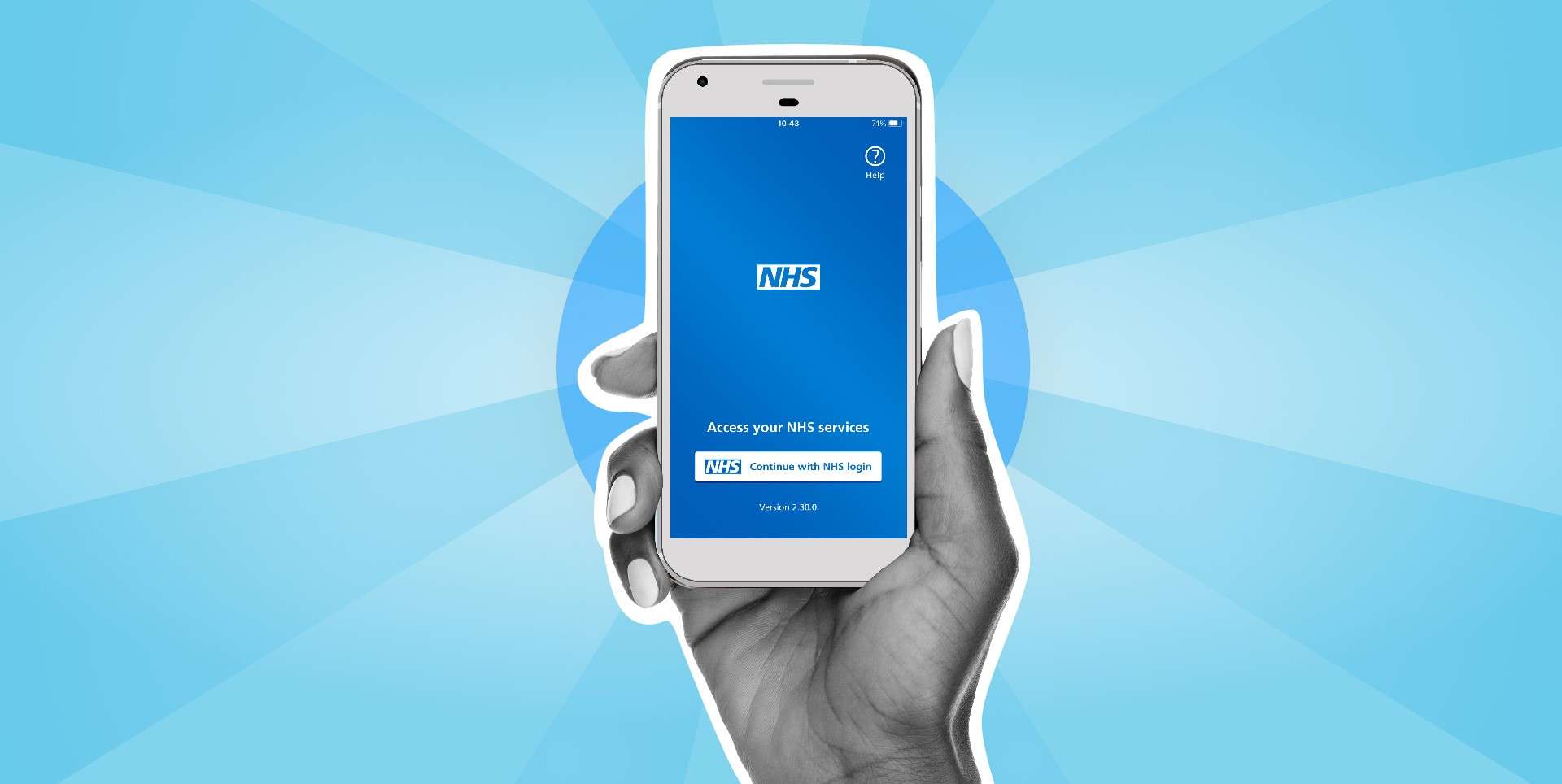Shadow Cabinet Office minister criticises government’s track record on cybersecurity
Credit: Pixabay
More than five years after Microsoft stopped providing support for Windows XP – and two years after the WannaCry cyberattack – the NHS still has more than 2,000 computers running on the operating system.
When WannaCry struck in May 2017, the NHS still ran 4.7% of its machines on XP, despite Microsoft having ceased support for the software back in 2014. Last year the government signed a £150m upgrade deal with the vendor, a key commitment of which was that the health service would update all its devices to Windows 10 by 14 January 2020 – the date at which support for Windows 7 ends.
But, in responding to a written parliamentary question from shadow Cabinet Office minister Jo Platt, the government revealed that 2,300 NHS computers are still running Windows XP.
Related content
- Next steps for UK cybersecurity: legislation; skills; and security by design
- ‘Like swimming in a pool of sharks’ – less than one in 4,000 Met Police PCs running latest version of Windows
- Almost half of councils using unsupported server software, FOI finds
Jackie Doyle-Price, minister for mental health, inequalities, and suicide prevention, said that the XP machines accounted for 0.16% of the NHS’s total estate of 1.4 million devices.
She added: “We are supporting NHS organisations to upgrade their existing Microsoft Windows operating systems, allowing them to reduce potential vulnerabilities and increase cyber-resilience.”
Platt said, two years on WannaCry, the continued presence of XP – which was released back in 2001 – is “an indictment of this government’s cybersecurity record”.
“The government is seriously lacking the leadership, strategy and co-ordination we need across the public sector to keep us and our data safe and secure. How many more warnings will it take before they listen and take action?,” she said. “The next Labour government will provide not only the resourcing but also the vital leadership, organisation and dedication needed to get our public sector fit and resilient to fight the cyber threats of the 21st century.”



